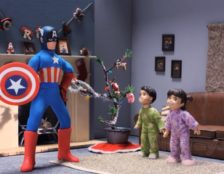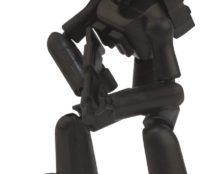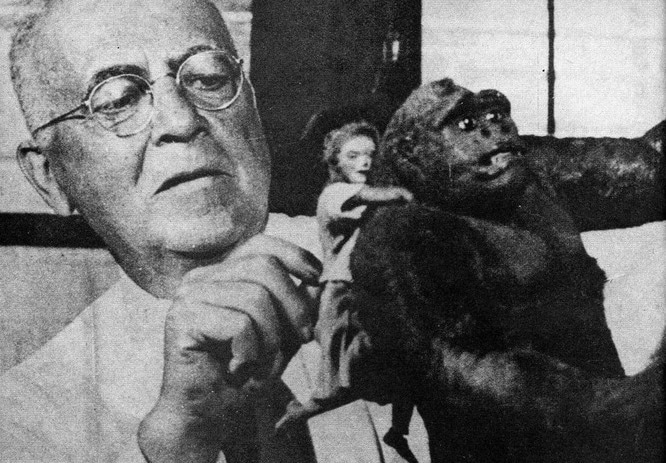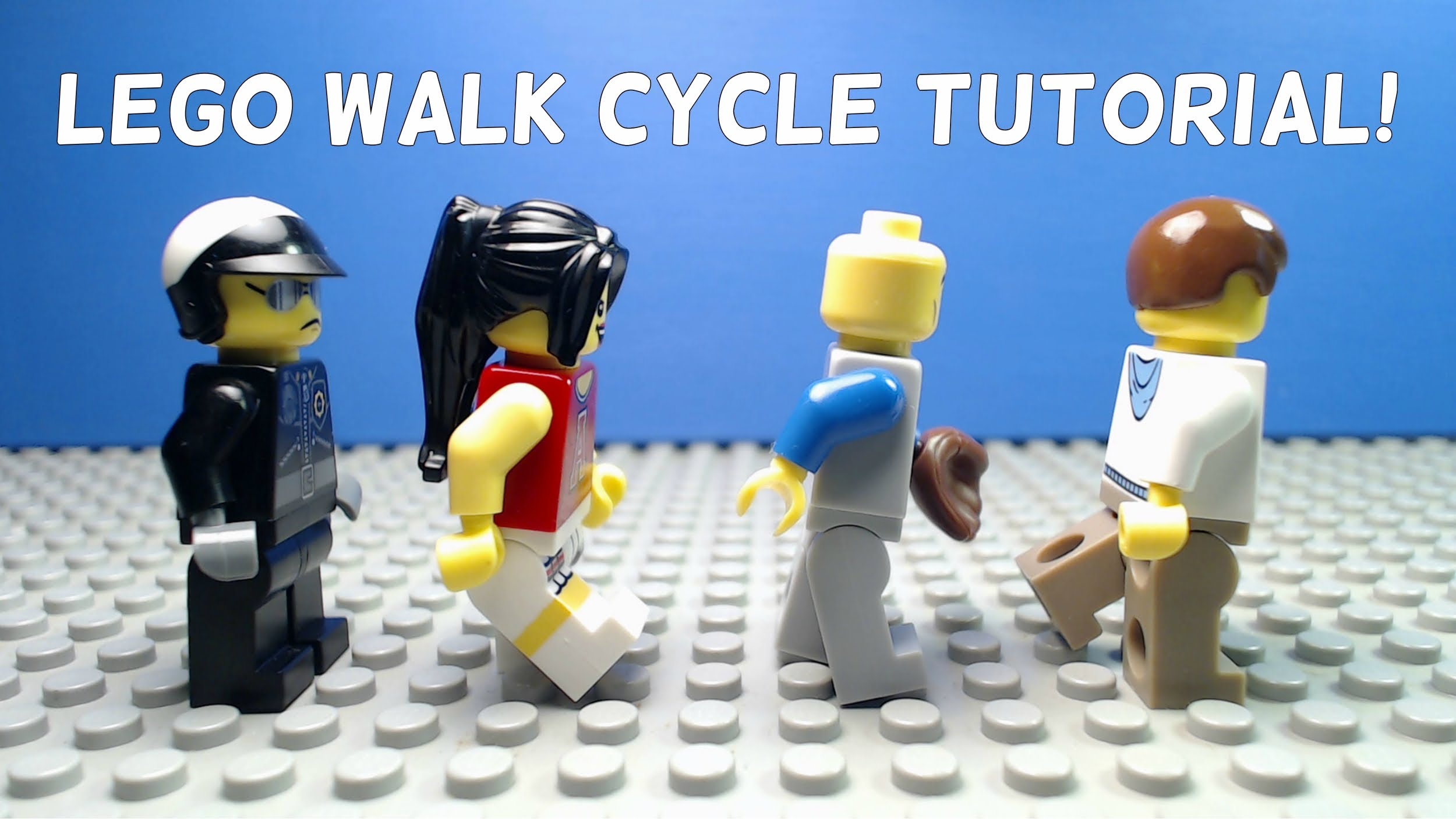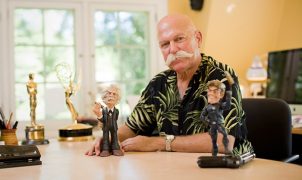We are delighted to publish and once again share Justin Clayden’s top 10 tips for Stop Motion Photography.
Stop Motion animation is a popular form of filmmaking, for audiences and creators alike. However, there is a lack of quality seen in the works of almost all but the most professional studios. This article is directed at those who capture their frames via a higher-end camera connected to a computer.
It’s possible to achieve really nice looking results just by following a handful of tips- two handfuls, to be exact:
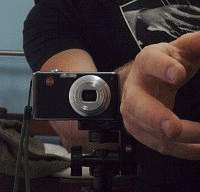
-
Tip 1: NEVER bump the camera
Even the slightest accidental nudge of the camera will stick out like a sore thumb and scream “amateur!” to your audiences. Tying your camera’s tripod down is a good way to avoid the effects of small bumps. Unless of course, you’re going for that “Kid’s stop motion” look. Personally, I’m not.. and if I were, I’d probably do it in After Effects. Having some sort of ‘video assist’, whereby you can see the frame you shot last overlay on the current one can help you spot a camera bump earlier rather than later.
-
Tip 2: NEVER accidentally change the exposure of the camera
This is unavoidable with cheaper cameras with their auto-exposure shenanigans, of course, but for higher-end cameras with full manual control, there’s no excuse for this sort of thing happening. Setting the white balance correctly and consistently is also important with stop motion photography. Indeed, keeping a log book of the settings you used for a shoot is a great idea.
-
Tip 3: NEVER accidentily alter the focus of the camera
Again, modern lower-end cameras don’t offer manual focus, and these are next to useless for stop motion. If you want to pull focus (a la “rack focus”) then having a plan to do so is a great idea. If you’re able to numerically specify the focus setting for a camera, this also can be a great boon! In an ideal world, all of the camera’s settings can be controlled via the computer.
-
Tip 4: NEVER bump the subject or the set
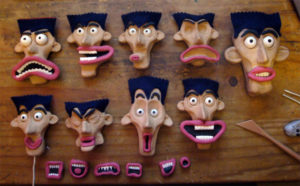
Justin Clayden – The crumb that got away – Latex Heads
A good stop motion animator flows around the set like a gentle breeze. A tip here is to choose materials for your puppets and your sets that are
forgiving of accidental encounters. For instance, use foam latex instead of modelling clay. Avoid using real hair for puppets, unless you can be absolutely sure that you won’t flick it accidentally. This is why after making two stop motion shorts with ‘real’ hair (“The one that got away” and “The bun that got away”) I switched to felt for “The crumb that got away”. If disaster strikes and you do accidentally move a puppet or a set element, you can attempt to re-position them, using the previously captured frame as a reference.
-
Tip 5: NEVER accidentally change the lighting
The first thing to mention here is that natural light is your enemy, as lovely as it is. The problem with natural light is that it fluctuates over time. Clouds move overhead, and of course the sun is always in motion. The other thing to mention is that your own lighting setup shouldn’t change either. For fixed lights (such as overhead lights in your office) make a note in your log about which are on, and for moveable lights, simply leave them where they are. To emphasise, if you are forced to recreate the lighting for a scene, it must be EXACT.
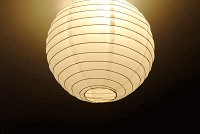
-
Tip 6: ALWAYS attempt to shoot a scene in one session
A number of the issues mentioned above can be avoided by following this tip. Ideally when you embark on shooting a scene, you should be uninterrupted for as long as it takes to complete it. If you do need to stop for any length of time, (remember to eat, drink, and go to the bathroom!) then leave everything running. If you can only do so much in a single session, check that you’ve recreated the same conditions the next time before you start shooting in earnest, by capturing a test frame and comparing it with the last frame you shot.
-
Tip 7: ALWAYS shoot more frames than you need
You can always delete frames, but creating them out of nothing weeks later is not so easy. An example of this is making your characters blink. I generally will add my eyelids to my character and capture a frame even when it would be too much to include them all. It’s nice to be able to make that decision editorially, later. Another example of this is to take extra frames of the set without your characters, so that there’s a ‘blank field’ to use later should you wish to remove a part of your character for whatever reason.
-
Tip 8: ALWAYS try and capture things ‘in camera’
Don’t get me wrong-I LOVE computers and the synthesis of imagery, but the reality of stop motion photography is that if you have to ‘fix’ something in post, you’ll need to do it for many frames. It’s almost always worth spending the time beatifying your characters and your set beforehand.
-
Tip 9: ALWAYS shoot as hi-res as possible
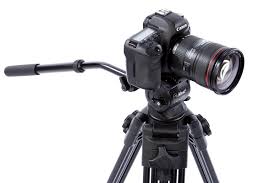
More pixels equals more options- you can choose to ‘zoom in’ on a part of your scene later, and of course when it comes time to producing the hi-res poster of your work you have more options.
Also, you might only be making your stop motion photography film for Internet distribution now, but further down the track you may change your mind and decide that a hi-res digital projection is more your scene.
-
Tip 10: ALWAYS test your setup before embarking on a shoot
For anything but the simplest of shots, it’s a good idea to do a dry run-through, testing that the mechanics of the set and your characters are as you expect. Shooting stop motion photography can be like driving down a one-way street- there’s no turning back!
We encourage you to visit Justin how I made “The Crumb that got away” – view the video below








